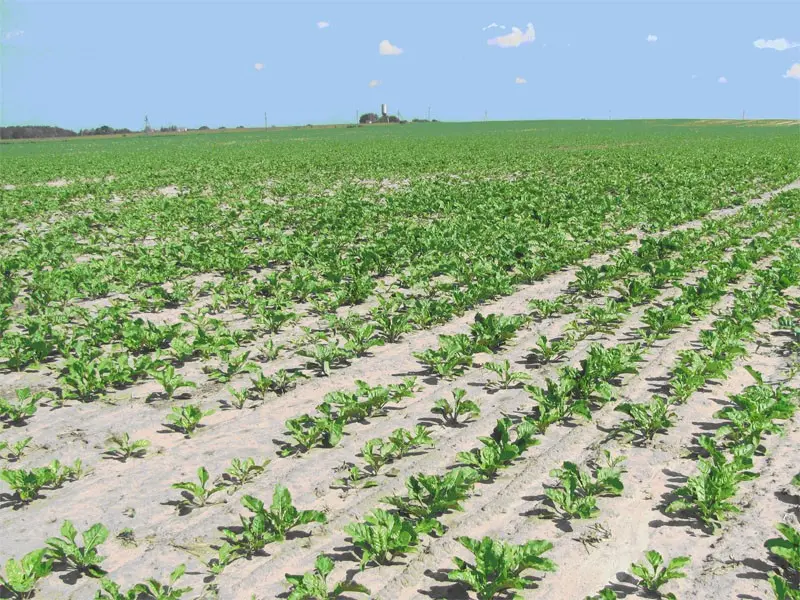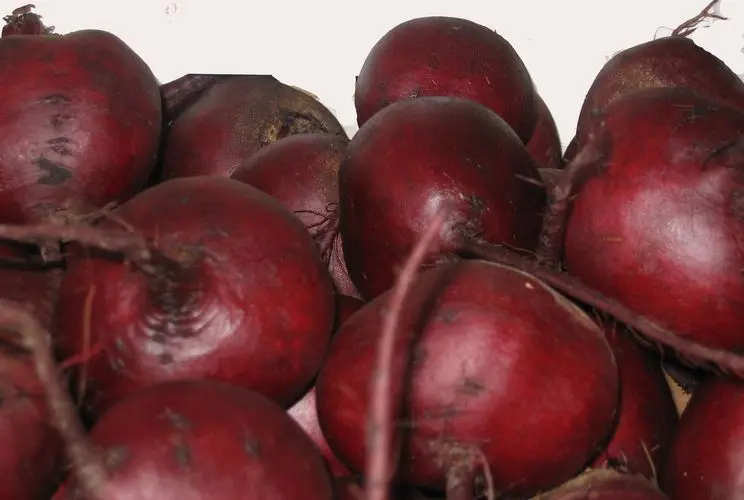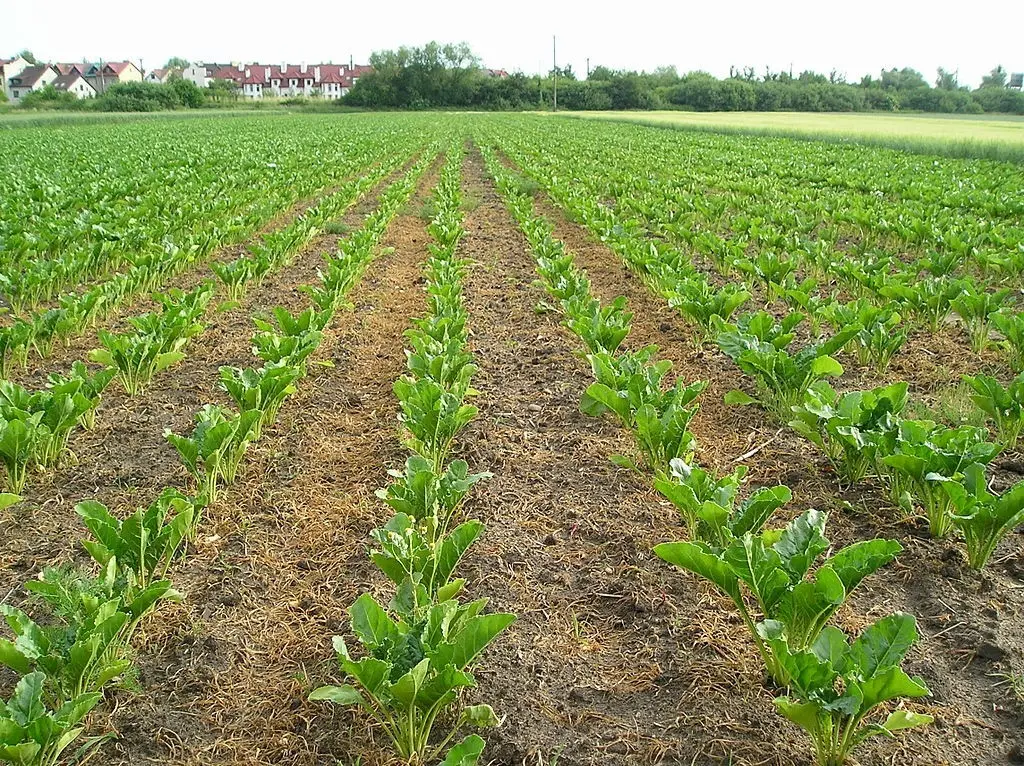

Table sugar beet is very demanding to care for. This is especially true for weeds. If you own a large yard, it becomes difficult to control weeds because manually removing them is too time consuming and unproductive. This is due to their species diversity and different growth periods. To date, the most effective method of mass destruction of weeds are herbicides. Below we detail their use.
a brief description of
First of all, you need to pay attention to the data from agricultural specialists. Weeds pull on themselves 2 times more useful soil minerals than beets. Thus, even with a slight infestation, the yield can be reduced by 15-20%. Therefore, the use of herbicides in large-scale production is more than justified.

There are two main types of herbicides – pre-sowing and post-emergence. Each drug has its own advantages and disadvantages. Some are introduced into the soil, destroying weeds in the bud. Others cultivate fields during the active phase of beet growth. It is also worth noting that there is no universal herbicide for sugar beet that would cope with absolutely all types of weeds.
Unfortunately, there are too many of them and they all differ in germination time, seed type, cyclicity (annual, perennial). To select a quality, safe and effective herbicide, you should clearly understand the needs of your site and the problems that are important to solve. Below we will look at several herbicides and understand their differences.

Betanal Expert. It is a soil preparation that fights annual dicotyledonous weeds and grasses. It contains substances that act on plants through the leaves and root system. It is best to treat areas with this tool when the weeds are just starting to hatch and are at the stage of the first 2 leaves. In such a situation, the consumption of the drug is 1 liter per 1 hectare. If weeds have managed to form 4 or more true leaves, then the rate should be increased to 2 liters per 1 hectare.
Betanal Expert shows excellent results regarding the negative impact on sugar beets. Culture growth slows down only for 3 days after spraying. There are several conditions under which the drug can adversely affect the planting of root crops: night frosts, excessive solar radiation, temperatures above 25 ° C, damage to the planting by insects or diseases. The herbicide is formulated in such a way that it completely breaks down in sugar beet by hydrolysis.
The next drug is called Goltiks 700. Its action is also directed to dicotyledonous annuals and cereal weeds. The main feature of this tool is the versatility regarding the processing time. The herbicide is equally effective when applied before sowing beets and after the appearance of the first shoots. For sugar beets, the drug is absolutely safe. Its main active ingredient, metamitron, is enzymatically decomposed in beets.

Weeds absorb the herbicide through their roots. From there, it is quickly transported to the rest of the weed, and already in the foliage, the process of photosynthesis is inhibited. Due to this, the plant stops growing and dies. To achieve the maximum result, the processing of plantings should be carried out with sufficiently moistened soil and an air temperature not higher than + 25 ° C.
Eptam is suitable for pre-sowing tillage. It has a high degree of volatility, so it requires special care when handling. Eptam copes well with shepherd’s purse, amaranth, field mustard, chicken millet, bristles, common colza. The concentration of the drug in the soil is maintained for 3 months. The application rate is 4 kilograms per 1 hectare, provided that the soil is saturated with humus at the level of 3-3,5%.
Caribou – is used exclusively for processing plants that have already sprouted. Cannot be used for pre-treatment. If you plan to carry out the procedure for reseeding sugar or fodder beets, then this must be done within 4 months after processing. The herbicide starts working pretty quickly. Almost immediately after spraying, weeds slow down their development and no longer take moisture and nutrients from the beets. Complete death of the plant occurs in 2-3 weeks.

It should be noted that such results are possible only when spraying at the cotyledon stage. When a weed puts out more than 4-6 leaves, the effectiveness of the herbicide drops sharply. The drug does not accumulate in root crops and does not affect the growth of sugar and table beets if the culture is healthy and has no mechanical damage.
Frontier Optima is a soil herbicide for the treatment of sugar beets that acts on the root system of weeds. The action of the drug lasts for 6-9 weeks, provided that the soil is sufficiently moistened. Although agronomists note its effectiveness in dry weather conditions. Root crops do not suffer from this herbicide. It also does not affect subsequent crops that you plan to plant on the site.
Experienced gardeners recommend mixing herbicides to improve efficiency. Mixing allows you to keep more weeds under control.
In addition, the mixing procedure has a positive effect on the sugar beet, since the concentration of individual active substances is reduced and the time for their excretion is reduced. You can mix Betanal Expert with Goltx, Lenacil, Caribou, Targa, Poast. Frontier Optima goes well with Pyramina.
Video “Cultivation of sugar beet”
In the video you will learn how to cultivate sugar beets correctly and with the greatest success.









